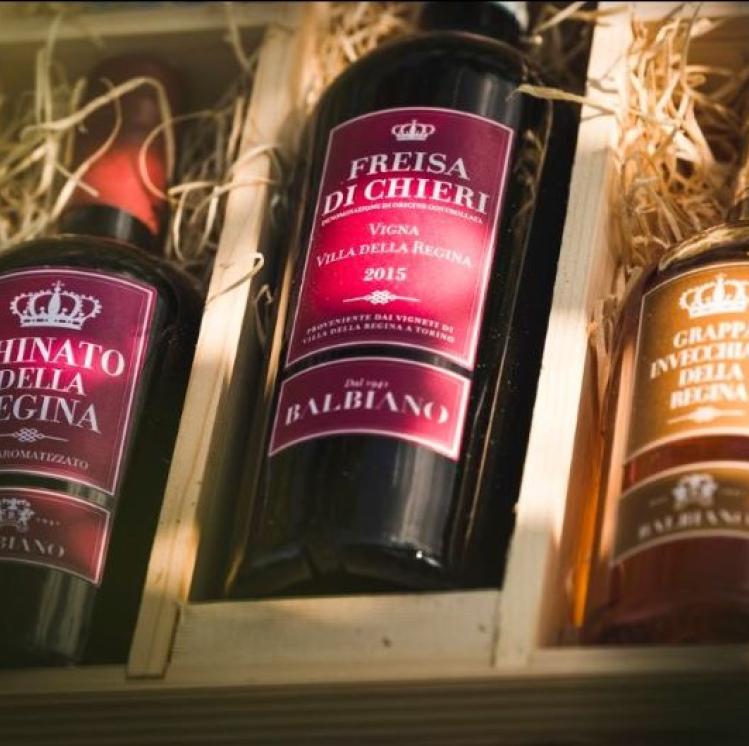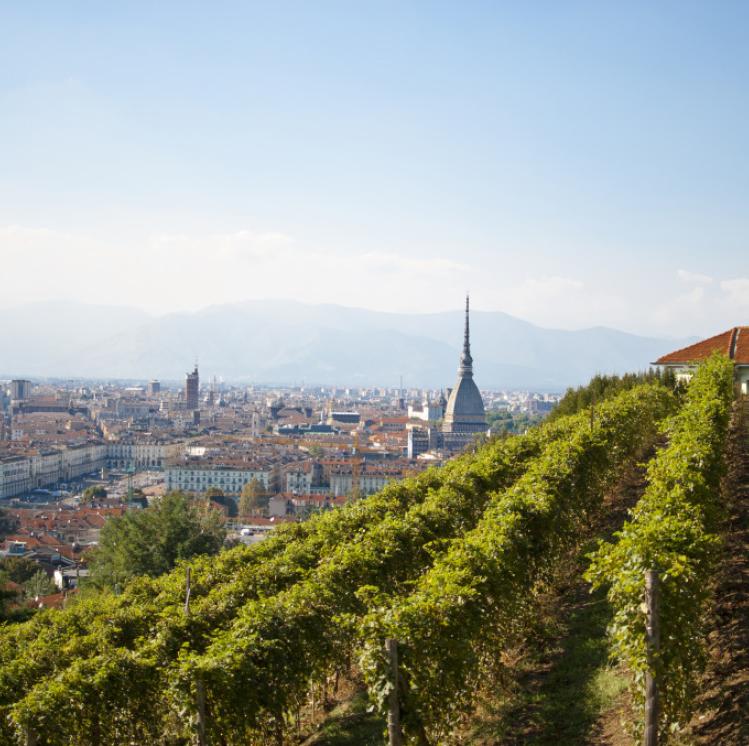An indigenous Piedmontese vine, with a history of at least 500 years behind it, as per documentation received up to the present day. In fact, the first written document dates back to 1517, the customs bill of Pancalieri, although its presence in today's territories of Monferrato and Collina Torinese is certainly earlier, probably known by other names that indicated the local grape.
In that document Freisa “fresearorum” is mentioned for the first time as a fine wine, costing more than the common one.
The so-called "cutters' carats" were considered valuable and paid twice as much as the others. The recent discovery of a close family bond with the Nebbiolo vine, with which it shares approximately 75% of its genetic heritage, further ennobles this vine which has always been defined as rustic and multifaceted. Today Freisa, grown almost exclusively in Piedmont, representing approximately 2% of the regional vineyard area, has five different DOCs: Freisa di Chieri, Freisa d'Asti, Monferrato Freisa, Langhe Freisa and Colli Tortonesi Freisa.

The last part of the gentle hills of Monferrato, what Giovanni Battista Croce called the "Turin mountain", has been a treasure chest of vineyards, vines and significant wine production since time immemorial. The eclectic character of Milanese origin, who arrived at the Court of Savoy invited by Duke Carlo Emanuele I, contributed greatly to the diffusion of vines and wines in the area. If the author in his writings does not make specific reference to the Freisa grape, perhaps named with a local synonym used at the time, he mentions other varieties such as the "Cario" and the "Malvagie" (Cari and Malvasia), which as an agronomist and oenologist - as well as a goldsmith and architect - he would have cultivated, made wine and studied on his farms in Val San Martino and Val Salice, as well as in Candia.

Between the 17th and 18th centuries, bourgeois and noble properties proliferated and covered the family's needs with vineyard land and adequate cellars for winemaking. These vineyards, most likely cultivated in Freisa, are named in public documents as "vinee ultra padum", i.e. the vineyards beyond the Po. And "vineyards" also becomes the name of the properties, over time later called "villas": the best known is the Queen's Vineyard. This is evidence of the fact that the so-called "Turin hill", a green oasis close to the Piedmontese capital, which can now be reached in a few minutes by car, was, in relatively recent times, a privileged destination for Sunday trips out of town, the Sinoira snack and picnics .

An indigenous and multifaceted vine, with countless characteristics: good acidity, intense ruby colour, firm tannins. A highly versatile vine, whose black grapes lend themselves to profoundly different winemaking styles, giving life to sparkling, dry, sweet, young wines, but also suitable for ageing.
The vineyards extend from the hills south of Turin, ranging from Chieri to Asti, to the Casalese of Alessandria and in small areas of the Langa Cuneo, in the Tortonese, in the Pinerolese, Canavese and in the Colli Novaresi. Given the position of our vineyards in the Chieri area, our wines are regulated by the Freisa di Chieri DOC regulations.


